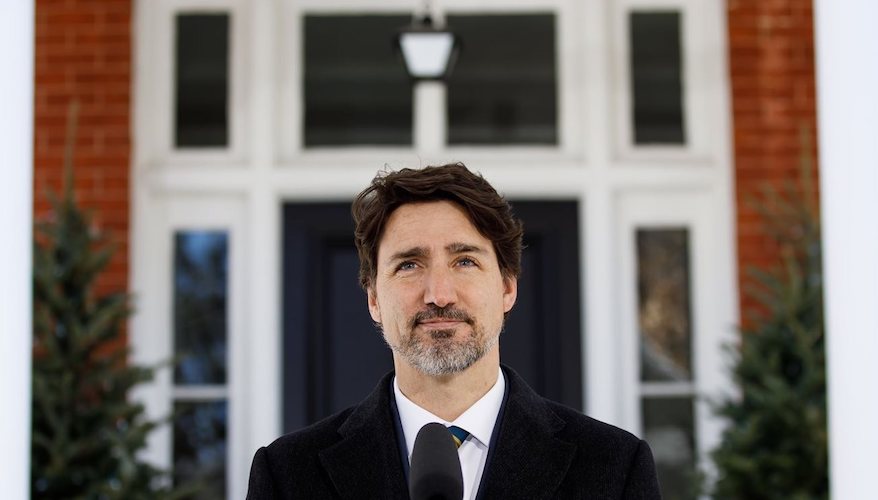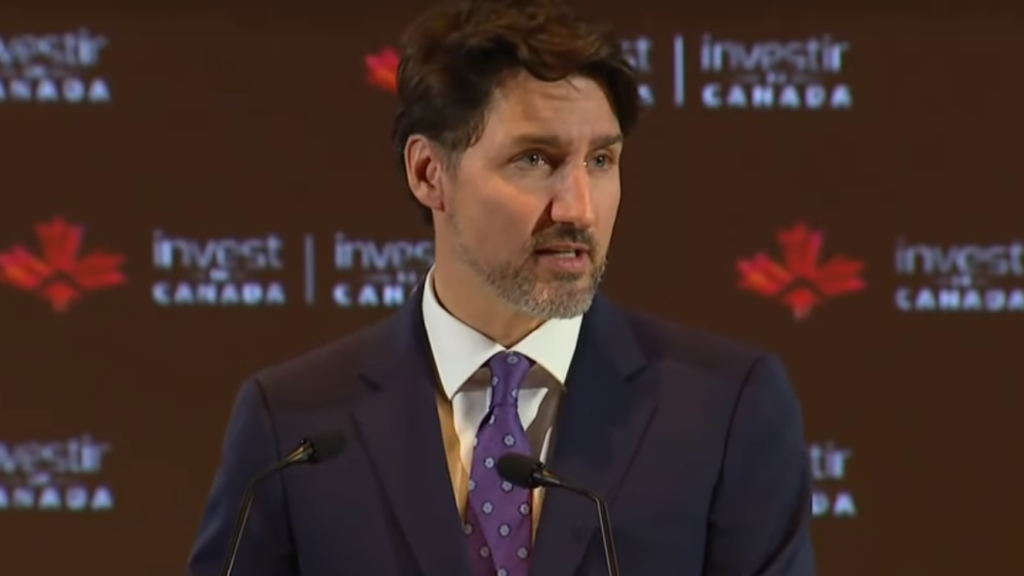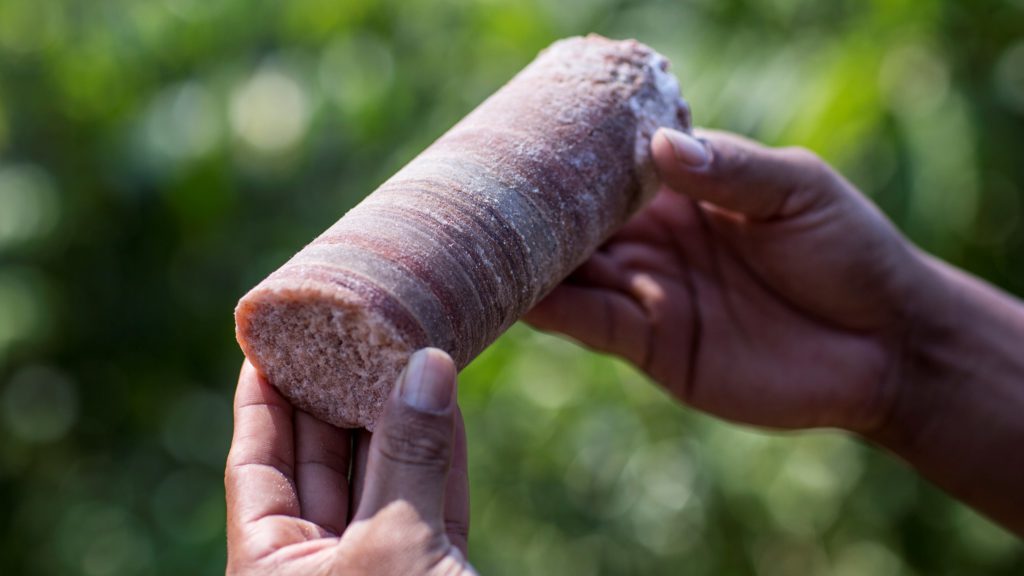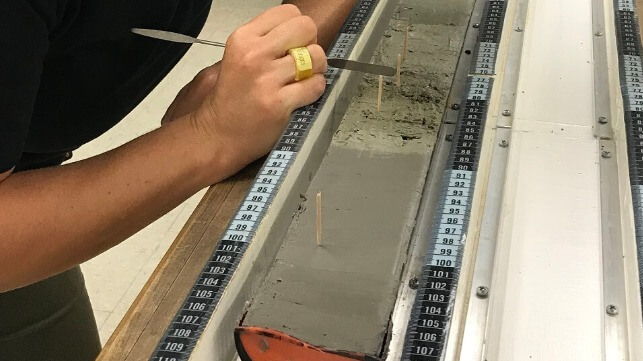Research shows coaches who lead with empathy get more out of athletes – and here’s how
Gone are the days of dictatorial leaders in sport, screaming from the side-lines and insulting their players, and instead we are seeing an era of emotionally intelligent leaders who demonstrate an understanding of other people while getting effective results.
The question is, how do you become an empathic leader in elite sports and will it really drive success?
Psychologist Peter Sear PhD has carried out in-depth interviews with coaches of nine different elite sports across the world to gather a series of insights, which he has backed up by the latest research.
His research suggests that ultimately, empathic leadership motivates teams, encourages loyalty, and improves chances of success.
Dr Sear explains: “The head coaches who are leading with empathy are getting more out of athletes.
“The consensus is that to have success as a leader in elite sport in the modern era, you must have an empathic approach.”
The environment of elite sports
The requirements of elite sports can create a setting for turbulent emotions, because of results, performances, the reactions of fans, and interpretations of the media. Athletes have the additional and ever-present pressures to perform, stay mentally and physically fit, injury-free, and at a certain weight.
With all these pressures, how can empathic leaders in charge of the top teams get the best from their athletes?
With philosophical and practical evidence, combined with Dr Sear’s experience in working in elite sport, he has created a model with seven key aspects of empathic leadership.
In his new book published today, Empathic Leadership: Lessons From Elite Sport, Dr Sear gives clear practical advice on the ways readers can improve their leadership, ranging from relationship management, building trust, and establishing a strong line of communication.
“There is no advantage to ruling with fear – you are just losing out on powerful knowledge of your team and your athletes,” he explains. “Success as a leader depends on your knowledge and understanding of people, their emotions, perspectives, and intentions, as well as the relationships you have with them. It is in these vital areas that empathy will give you an advantage.”
Key skills for leaders
Dr Sear suggests there are seven key aspects of empathy to master – including self-empathy, which means understanding your own emotions and how they impact others.
He argues: “Understanding what motivates your players and what hinders them will improve the quality of your decision-making as a leader. If you can understand when to push your players and when to support them, and identify who has potential and who is no longer emotionally invested, you’ll make better decisions.
“Understanding the unique character of each athlete allows you to develop them effectively according to their needs, and get the best from them.”
Skills need to include effective communication, understanding body language and having clear boundaries to be able to make difficult decisions such as when to bench a player.
But Dr Sear is keen to stress that empathy is not the same thing psychologically as being gentle, and explains: “Empathy doesn’t equate to being soft and gentle at all times, sometimes you need to recognize that one person might need to be pushed while that other player might need a friendly ear.”
Knowledge is power
Empathic Leadership demonstrates that leaders who have more empathy ultimately have more control and more knowledge, which enables better team management.
“Empathic leaders become strong leaders, through respect, appreciation, and behaviors such as listening, which enhances their prestige,” he explains. “Empathy inspires team members to go above and beyond their obligations. Ultimately, this means that the empathic leader yields more power.
Dr Sear also suggests that humans are innately more prone to respond to an empathic leader.
He explains: “This way of leading suits humans better psychologically. Through empathic communication and empathic relationships, emotions can be managed and needs met. The experience of work is valued, with high levels of wellbeing, which manifests in confidence and peak performance.”
Further information
About the author
Peter Sear is a psychologist, writer, and consultant. He gained his PhD from Loughborough University London, UK, with his thesis Understanding Empathic Leadership in Elite Sport. He also holds a master's degree in Jung and Post-Jungian Studies, a master’s degree in Human Resource Management and Industrial Relations, and a BSc (Hons) in Psychology. He is a Member of the British Psychological Society and a Fellow of the Royal Society for Arts.




.jpg?ext=.jpg) Tokamak Energy's HTS magnet (Image: Tokamak Energy)
Tokamak Energy's HTS magnet (Image: Tokamak Energy)